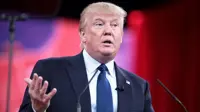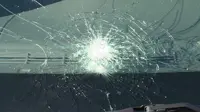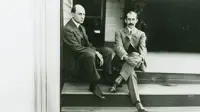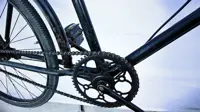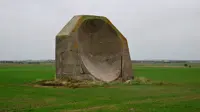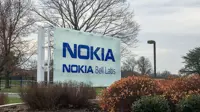Bengaluru suffers staggering Rs.20,000 crore annual loss due to traffic congestion
By Aniket Gupta | 08 Aug 2023

A recent study conducted by traffic expert M. N. Sreehari and his team has revealed that the severe traffic congestion in Bengaluru has resulted in an enormous economic loss of nearly Rs 20,000 crore for the city.
The research findings indicate that even with 60 fully operational flyovers, the city still struggles with transportation challenges due to inadequate infrastructure and the expansion of road length not keeping pace with the rising number of vehicles.
The rapid expansion of employment within the IT industry in the city has spurred the growth of various facilities, including housing and education. The city’s population has surge to 14.5 million, and the vehicle count is approaching 15 million.
Sreehari and his team point out that the city’s infrastructure development has trailed way behind the increase in job opportunities and the consequential rapid expansion of the population.
The result is there for all to see: congestion, growing vehicular pollution, increased travel times, and the resultant substantial economic losses. The investigation has also revealed that as employees are stuck in traffic for extended periods, productivity has dropped.
Further, the research underscores the negative impact of traffic congestion on small and medium-sized enterprises (SMEs). The traffic congestion has resulted in these enterprises having to struggle with meeting delivery timelines. Delayed shipments mean dissatisfied customers.
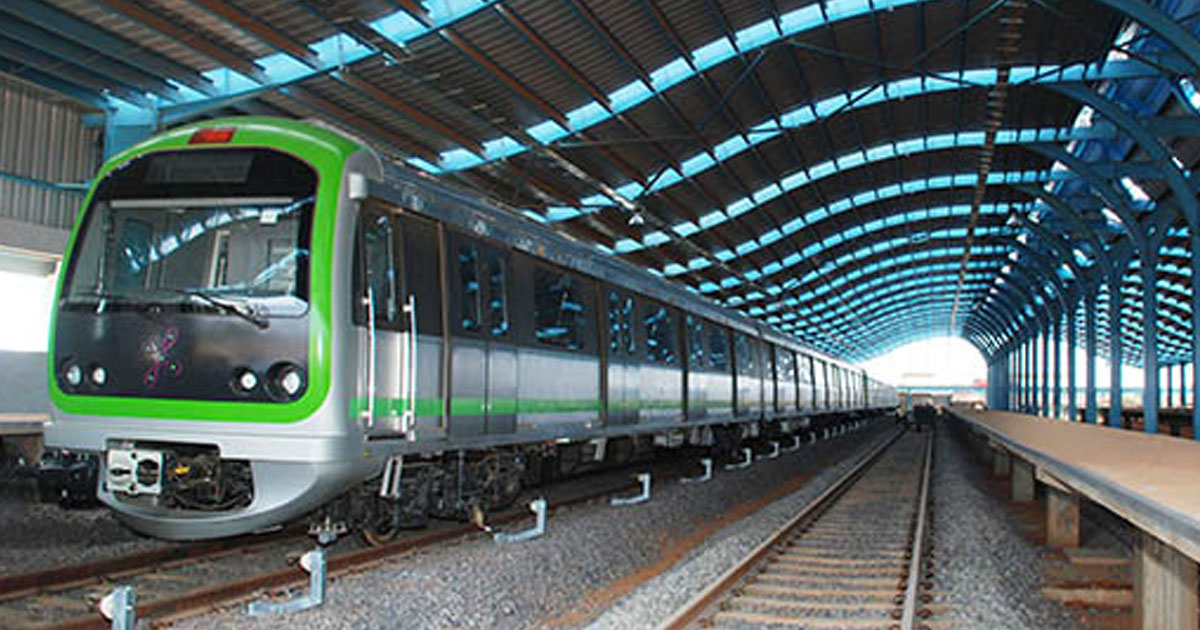
The report underscores the need for robust and sustainable solutions to tackle the city's traffic challenges. It proposes a multi-pronged strategy, exploring underground metro transport systems, and government buses. It also that roadside parking be discouraged so as to provide road space for smoother traffic flow and enhance pedestrian safety.
The study calls for adequate personnel to be deployed for monitoring rule breakers and creating instant response strategies. It also recommends the installation of camera and sensor systems.
These options should be accessible every one or two kilometers along with escape routes. This approach would also address ventilation needs and other necessities during emergencies.
The team also suggested increasing mass transportation options such as metro, monorail, and high-capacity buses while discouraging reliance on private transportation systems. Furthermore, they proposed using artificial intelligence and robotics in road user communication through informatics, employing Variable Message Systems (VMS) for this purpose.

